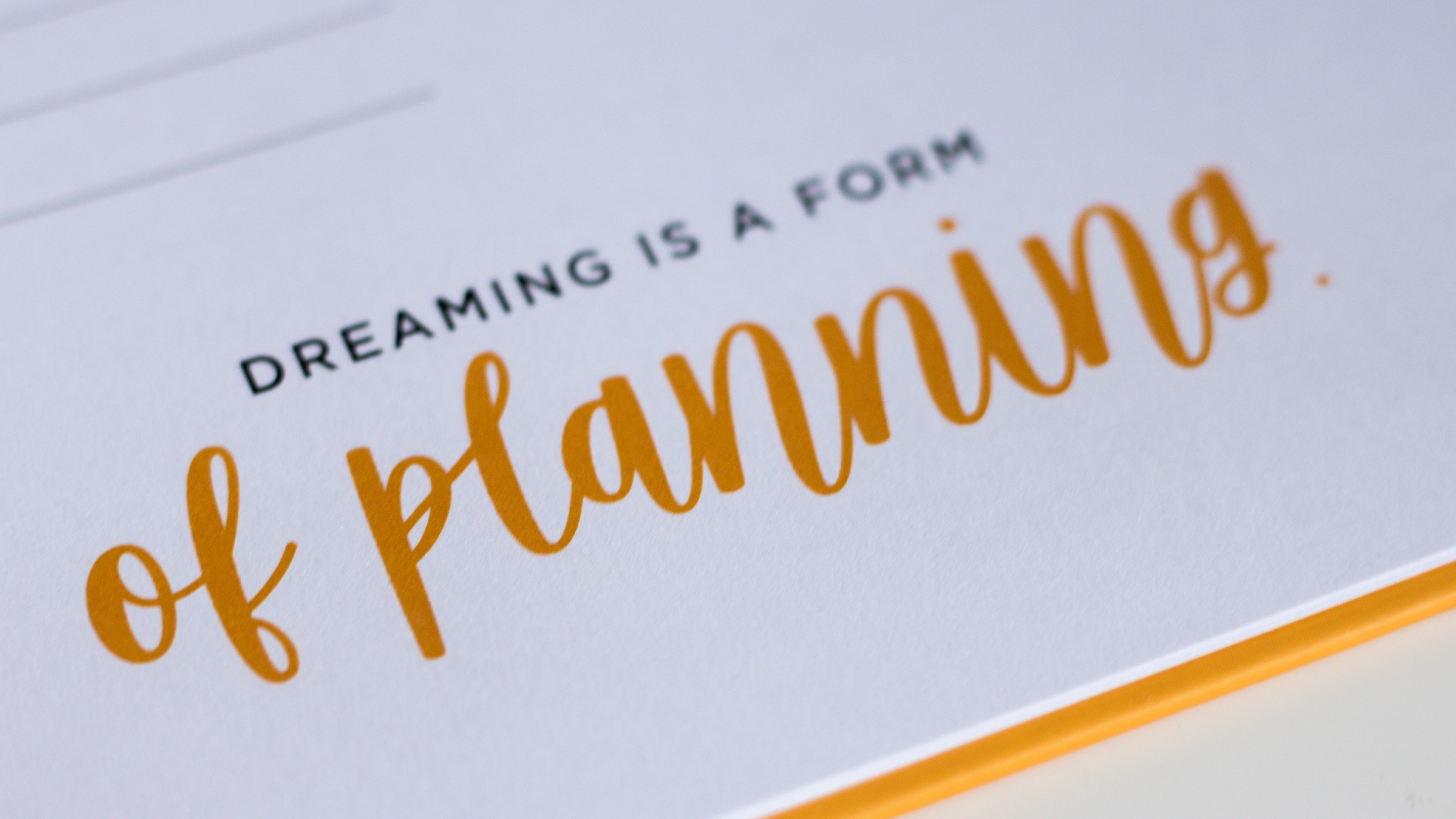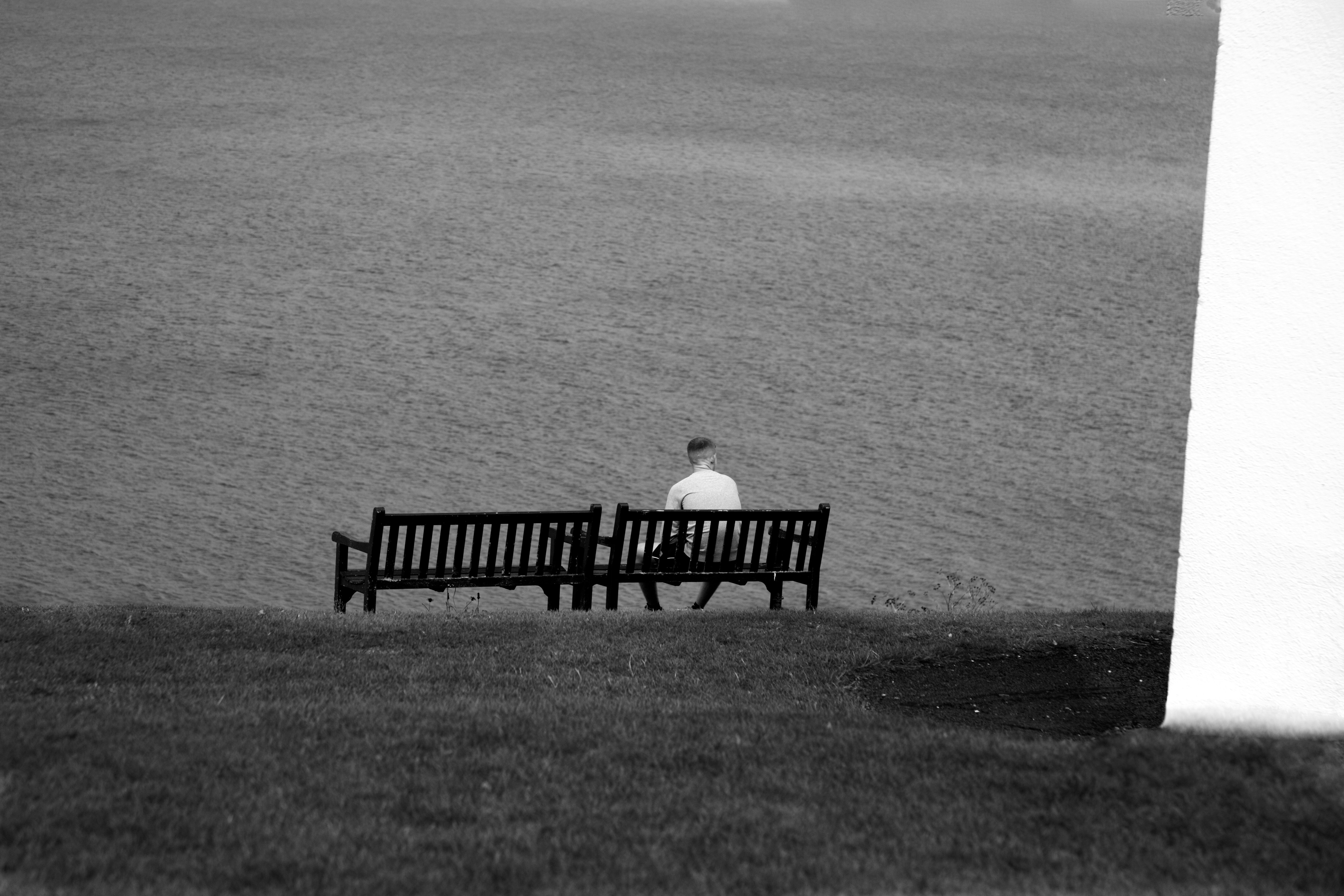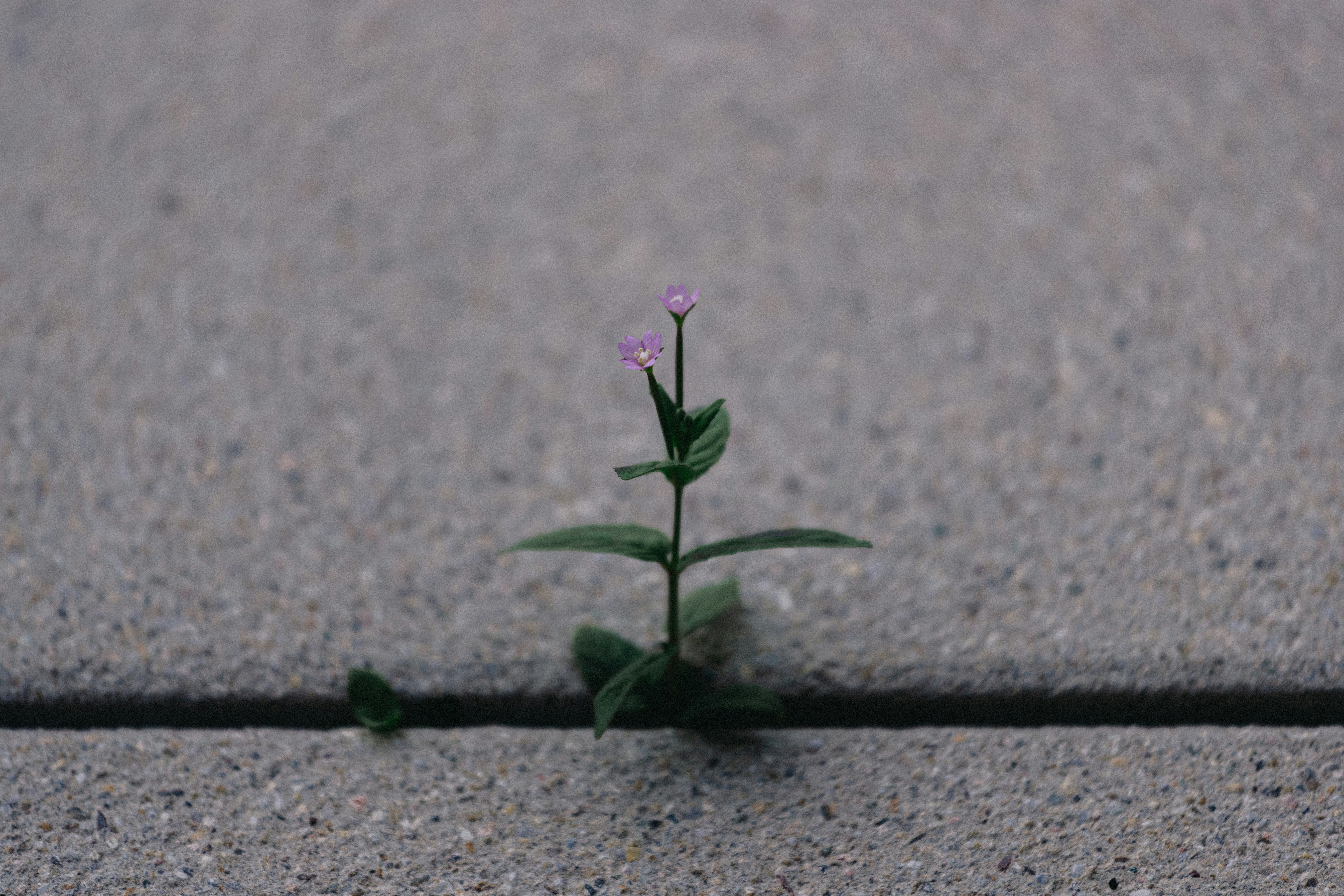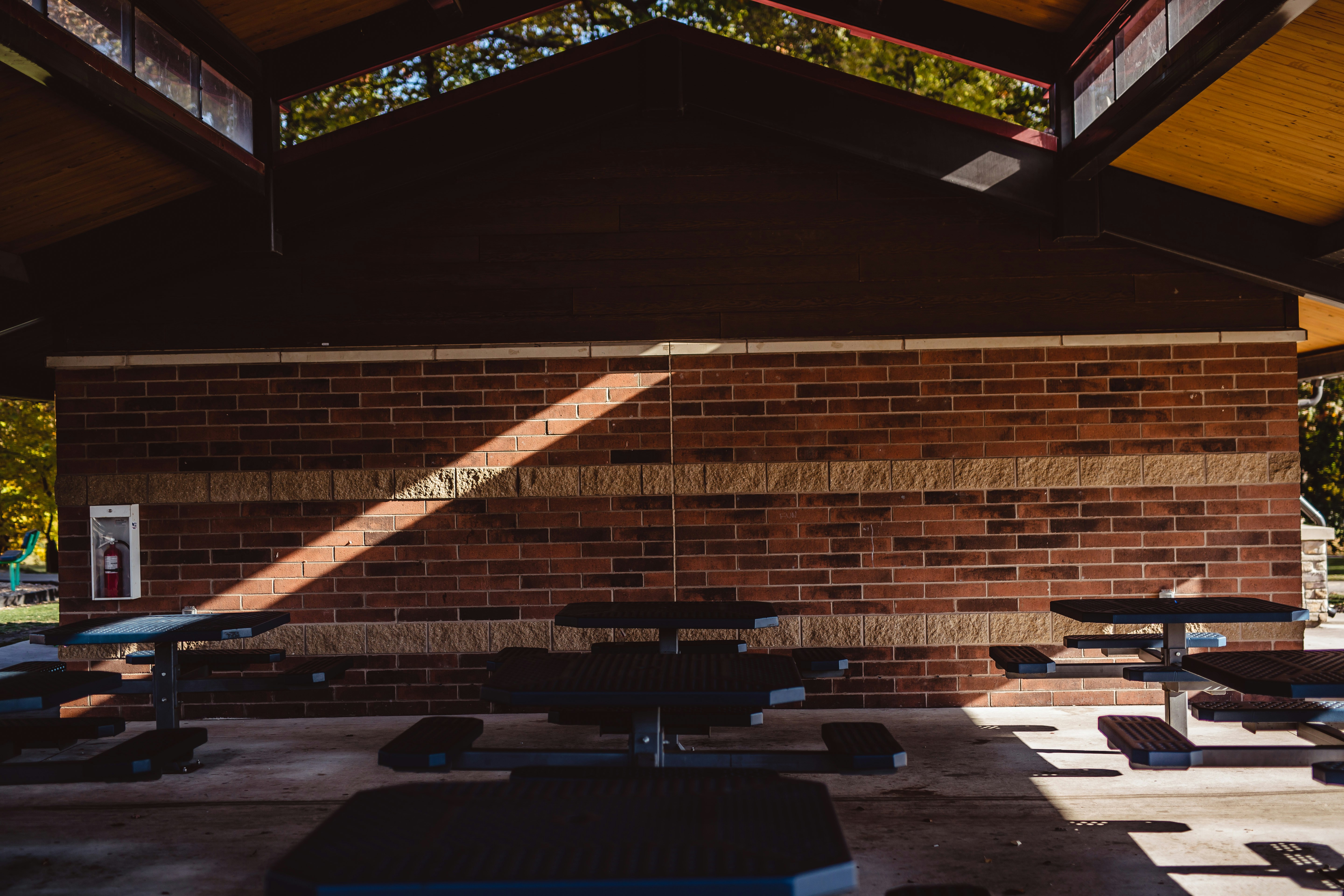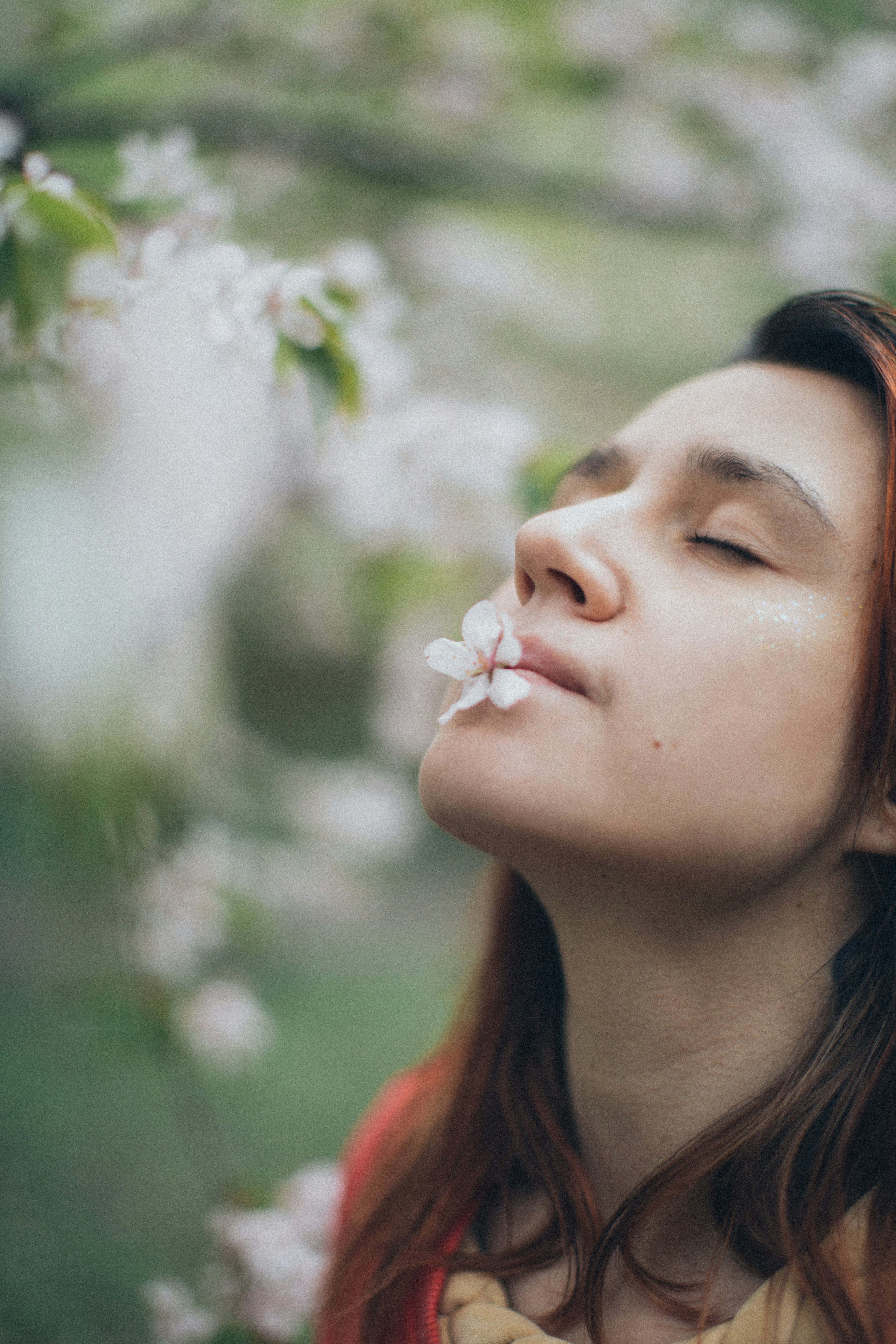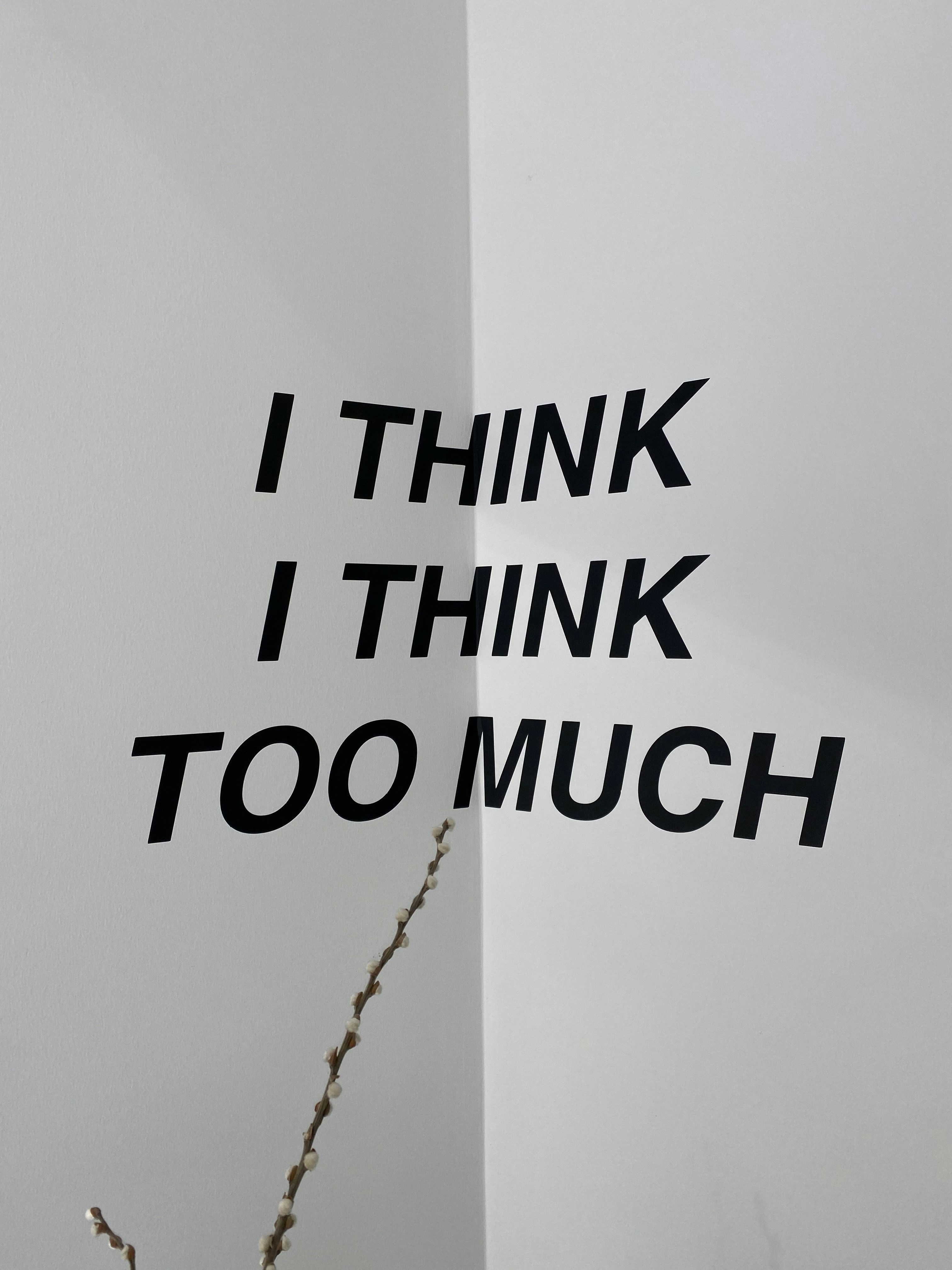The Emotional Architecture of Mindfulness: Create Your Sanctuary
Creating a peaceful sanctuary for personal growth isn't merely about aesthetics; it’s an emotional architecture that harmonizes mind, body, and spirit. As we dive into understanding the compelling relationship between yoga, meditation, and spiritual wellness, we'll explore how spatial awareness affects our emotional foundations and uncover practices that inspire profound personal transformation.
Understanding Emotional Architecture in Mindfulness
Emotional architecture refers to the way our environments influence our emotional health and overall wellbeing. Just as a well-designed building can support physical structures, our surroundings can support emotional resilience and spiritual growth. Research shows that the spaces we inhabit can drastically affect our mental states. The World Health Organization emphasizes the connection between environment and health, highlighting that spaces can enhance wellbeing through qualities like light, sound, and layout.
In yoga and meditation, the concept of space extends beyond physical dimensions; it also encompasses mental and spiritual realms. This holistic view encourages practitioners to consider not only where they practice but how their environments can mold their emotional experiences.
The Role of Space in Spiritual Wellness
An enriching spiritual practice thrives in a sanctuary designed with intention. Here are some elements that contribute to crafting a supportive space for yoga and meditation:
-
Natural Elements: Incorporate plants, natural light, and water features to create a sense of calm and connection to nature. Research from Harvard University underscores the psychological benefits of biophilic design, which emphasizes a connection to nature within our surroundings for enhanced wellbeing.
-
Sound and Silence: Create a unique soundscape by integrating soft music or natural sounds to facilitate deeper meditation. The role of sound in meditation cannot be overstated; it can dictate the emotional tone of your practice.
-
Color Psychology: The colors in your meditation space can influence your mood and emotional state. Soft blues and greens invoke calmness, while oranges and yellows can excite and energize. Integrating color therapy into your physically designed sanctuary is an incredible way to deepen your experience.
Creating a Mindful Sanctuary
1. Intentional Design-Space Alignment
Consider why you are creating this mindful space. Understanding your intentions can lead to profound design choices. Are you seeking clarity, relaxation, or a place to connect spiritually? Intentionally curating your environment will align your emotional and spiritual goals with the physical space.
2. Arranging Your Space for Flow
Your sanctuary should promote a seamless transition from everyday life to mindful practice. Organizing your space with a clear pathway to your yoga mat or meditation cushion creates a ritual that signals the brain to shift gears. You can achieve this through intentional placement of furniture, decor, and materials.
Consider integrating breathwork practices to enhance emotional flow. As you settle into your environment, allow your breath to guide you deeper into the present moment.
3. Solitude Amongst Community
Creating a mindful sanctuary doesn’t mean you need to isolate yourself. Welcoming close friends or community members enhances the collective emotional architecture. Connection through shared experiences promotes trust and emotional safety, essential components for spiritual growth. Embrace interactions through group meditation or yoga sessions that foster a sense of belonging.
The Impact of Mindfulness on Personal Growth
Emotional Space for Growth
Mindfulness practices invite you to explore your inner landscape, making you aware of emotions as they flow through you. This emotional awareness is critical for personal growth. The practice of yoga invites you to engage with your body, while meditation encourages a dialogue with your mind. The synergy between both practices fosters an environment of personal exploration.
Consider the techniques within these practices that promote emotional alchemy:
-
Emotional Regulation Through Breath: Breathing exercises, like pranayama, facilitate emotional regulation through conscious breath control. As you deepen your inhalation and exhalation, you create space for awareness, enabling difficult emotions to surface and transform.
-
Resilience Building: Mindfulness has been shown to increase emotional resilience, allowing you to respond to life’s challenges with clarity instead of reactivity. This skill can be developed through consistent practice, enhancing your ability to navigate stress and change gracefully.
Utilizing the Power of Ritual
Creating rituals within your mindful sanctuary elevates your experience. A ritual can be as simple as lighting incense or playing your favorite meditation music. These small actions signal your body and mind that it is time to enter a sacred space.
Setting Intentions
Intentions are a cornerstone of both yoga and meditation. They create a guiding force in your practice, infusing it with purpose. Before each practice, take a moment to ground yourself by expressing your intentions aloud or writing them down. This small act connects you deeply to your emotional framework, reinforcing the architecture you’re building.
Technological Integration and Mindfulness
In our digital world, introducing technology into your mindful practices can foster new connections and ideas. Mindfulness apps and guided meditations have made spiritual practices more accessible than ever. However, it's essential to maintain a balance, ensuring that technology serves your practice rather than detracts from it.
A digital detox is also beneficial. Embrace moments of silence without the noise of notifications. This can elevate your connection to self and environment, allowing for deeper insights during your practices.
The Therapeutic Benefits of Sacred Spaces
Designing a sacred space has therapeutic merits beyond immediate emotional effects. Studies have shown that environments designed with mindfulness in mind promote not just emotional stability but also physiological benefits, reducing anxiety and enhancing overall health.
Natural Stress Relievers
Integrating elements like plants and soothing colors promotes reductions in cortisol levels, which can significantly impact stress and anxiety. For example, sound healing can aid in relaxation, making your space not just a practice area but a healing sanctuary.
Mindful Reflections
To optimize your mindful sanctuary, periodically assess how it supports your current emotional state and needs. Are you feeling overwhelmed? Your space may need more calming colors or soft sound. Make adjustments according to the seasons of your emotional landscape, aligning your physical space with your inner journey.
Connect to Nature
Feel the breath of nature within your sanctuary. Forest bathing or spending time in nature can propel your emotional and spiritual growth. Nature serves as a mirror reflecting your true essence and offering wisdom.
Final Thoughts: Cultivating an Evolving Sanctuary
Your emotional architecture is not static but an evolving landscape that grows as you do. As your needs evolve, so should your space. This sanctuary is a living entity – one that breathes and grows with you. Don’t hesitate to rearrange or redefine your space in ways that resonate with your current self.
In the intersection of yoga, meditation, and personal growth, the sanctuary you build becomes a vibrant testament to your commitment to wellbeing. Use it as a canvas to paint your emotional journey, infusing it with intentions, practices, and rituals that inspire transformation. The true magic of this architecture lies in its ability to offer a safe and nurturing ground from which you can flourish.
For more transformative practices and insights, explore related articles like Embrace the Dance of Shadows and Quantum Yoga: Unlock Your Spiritual Power.




